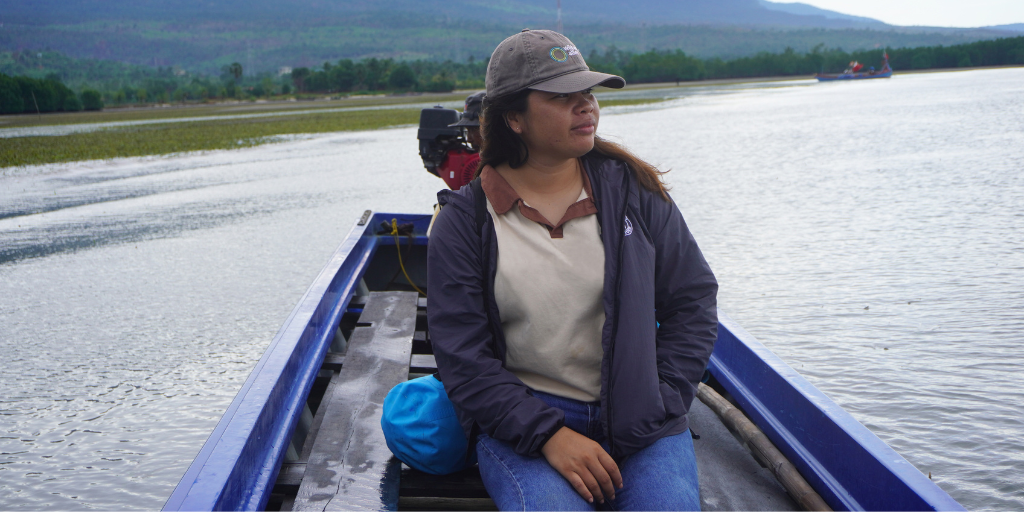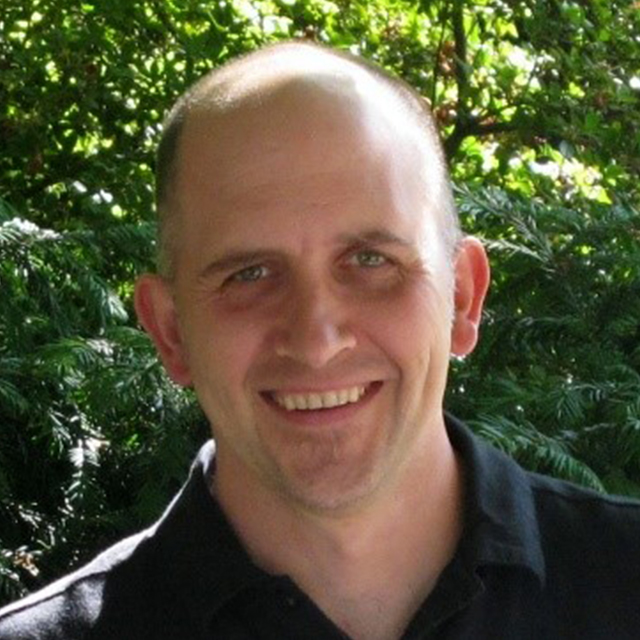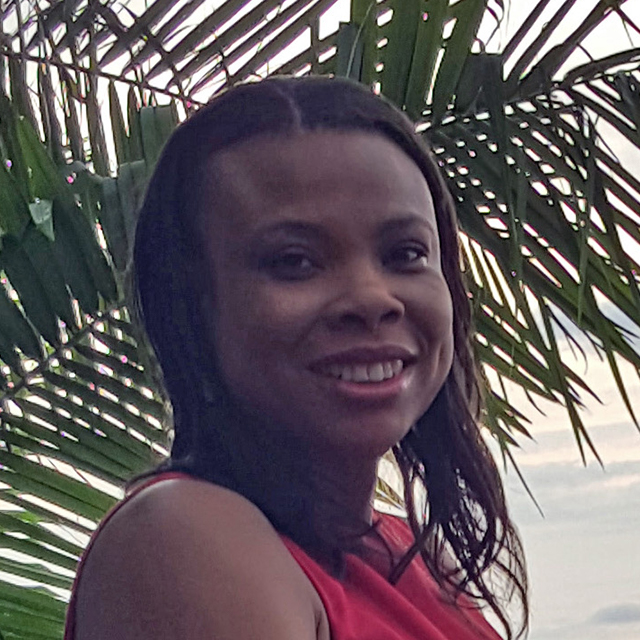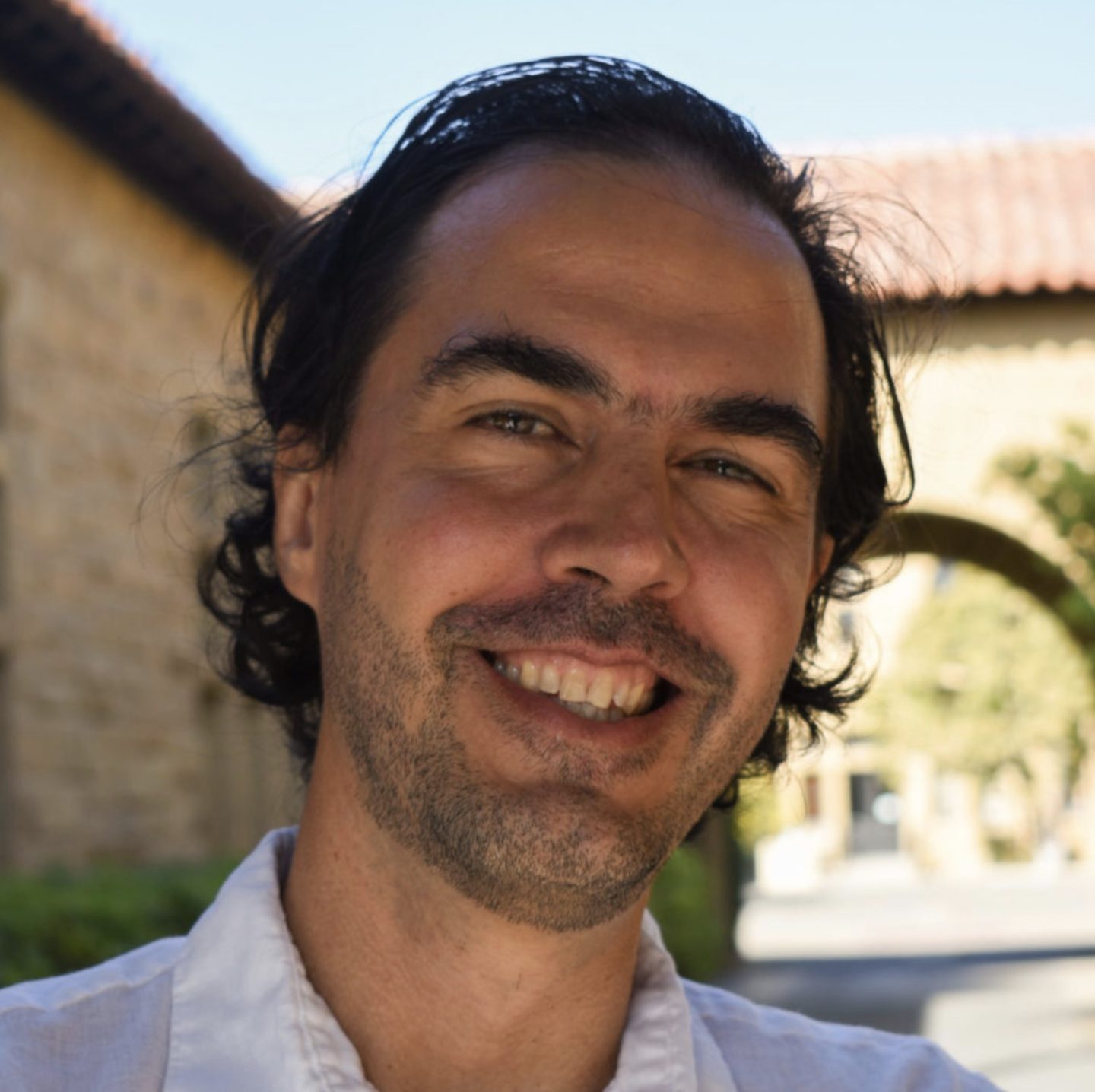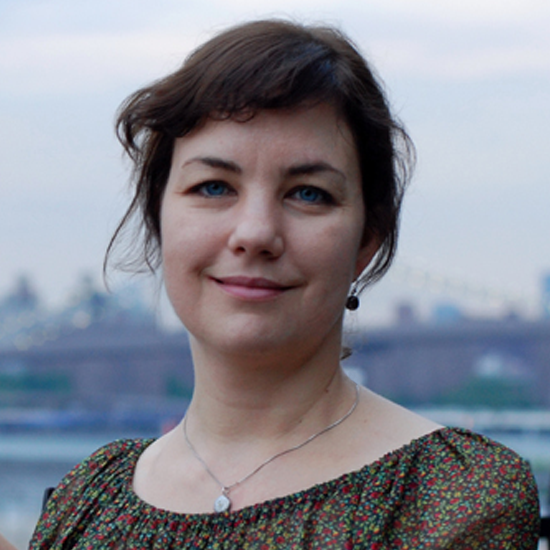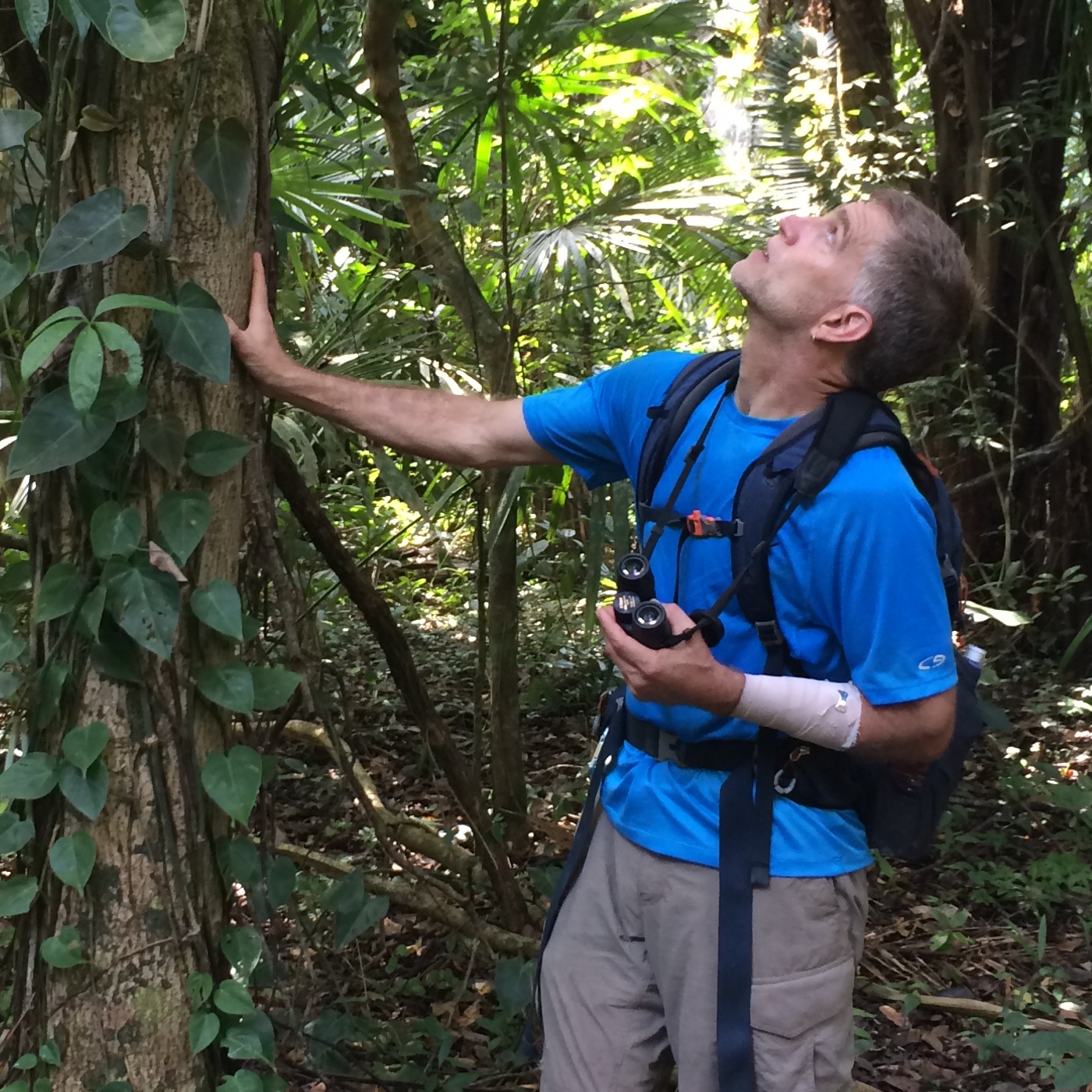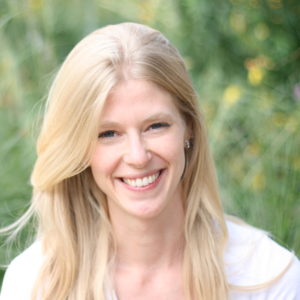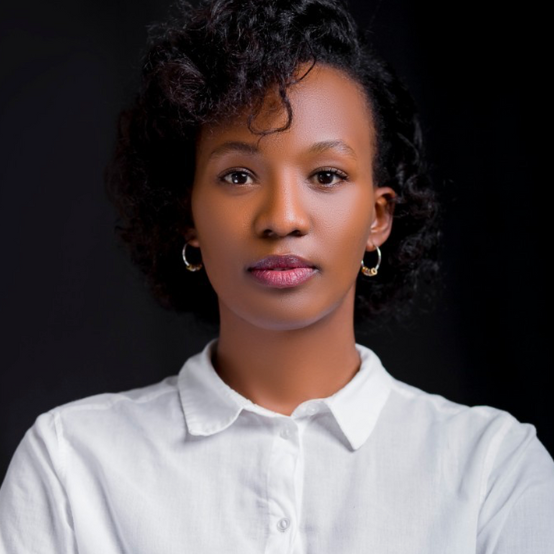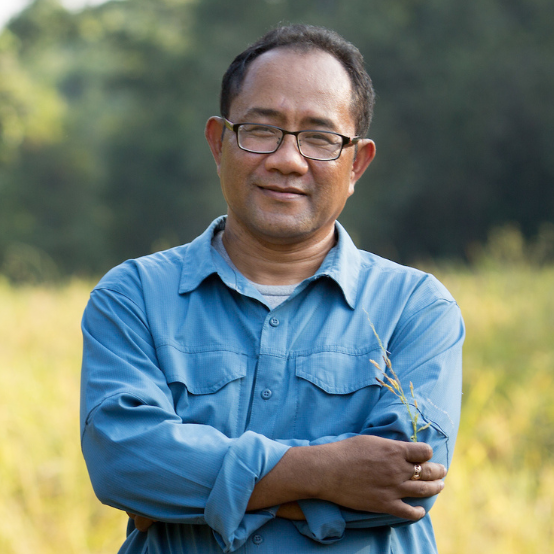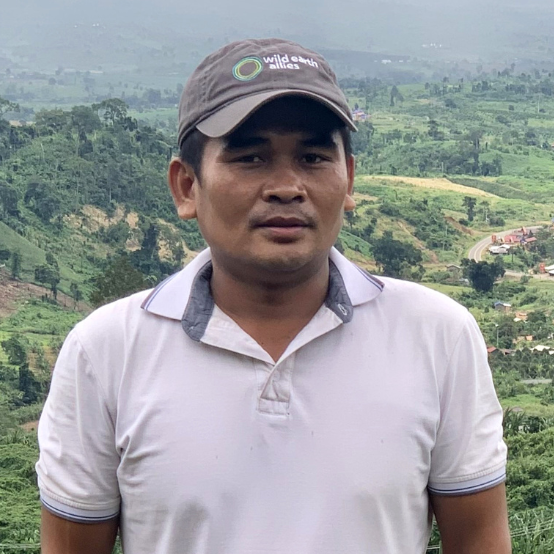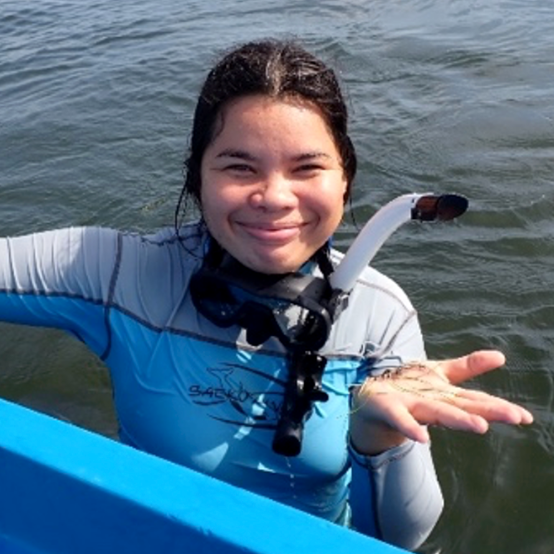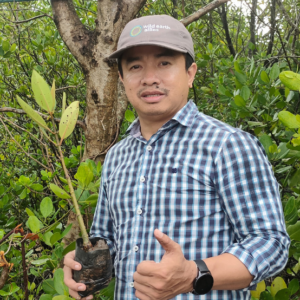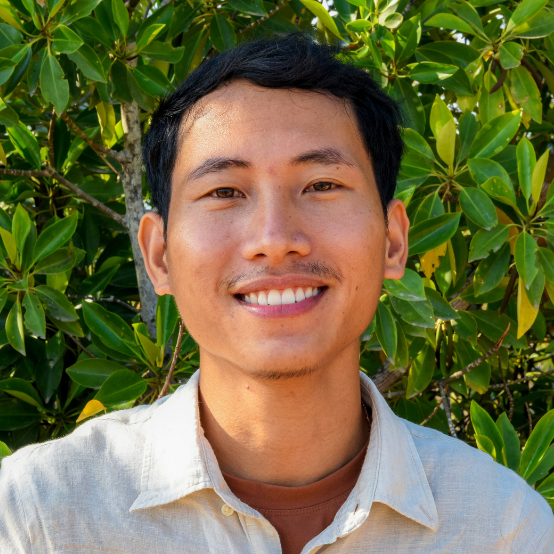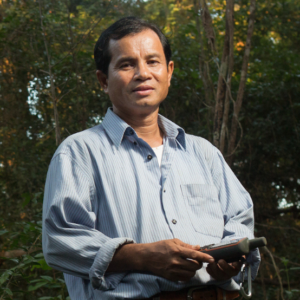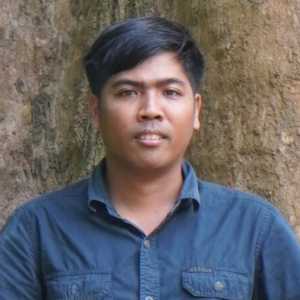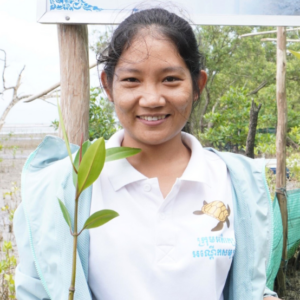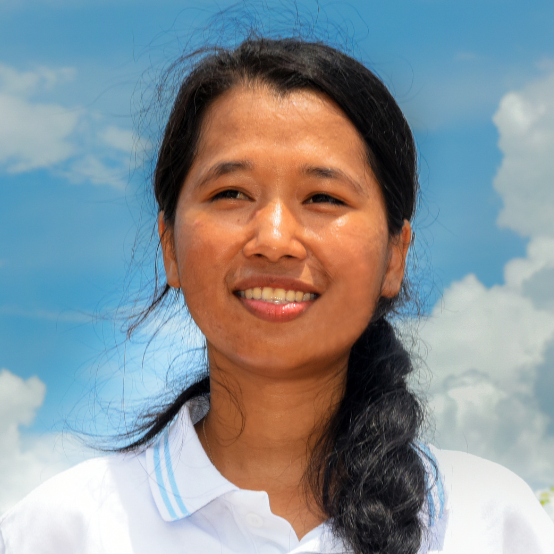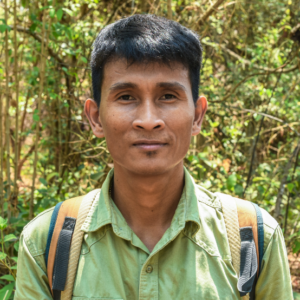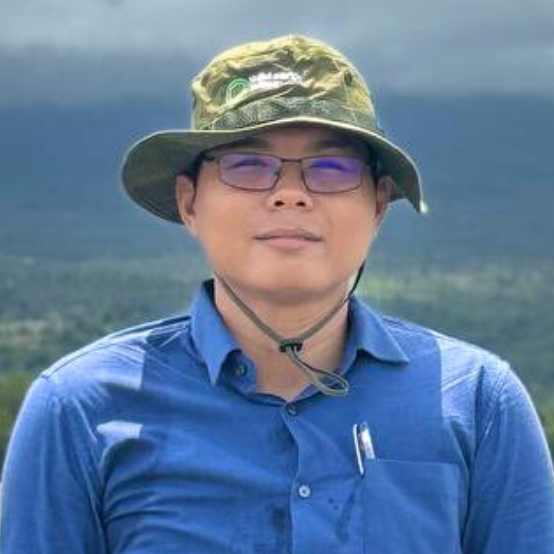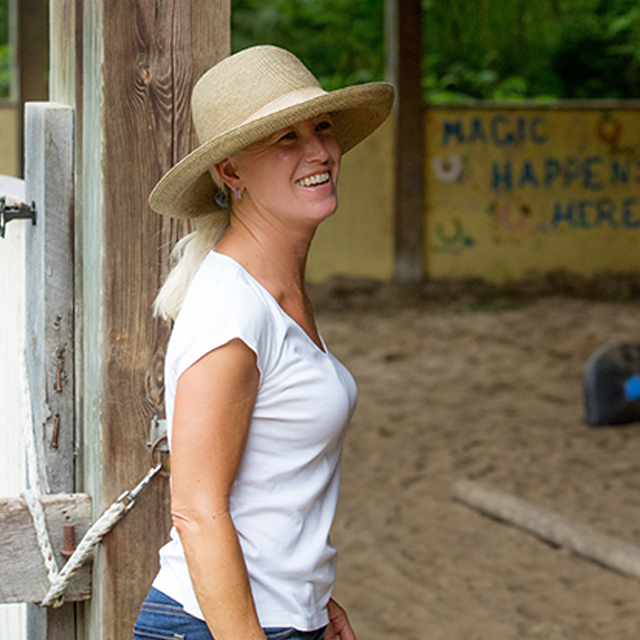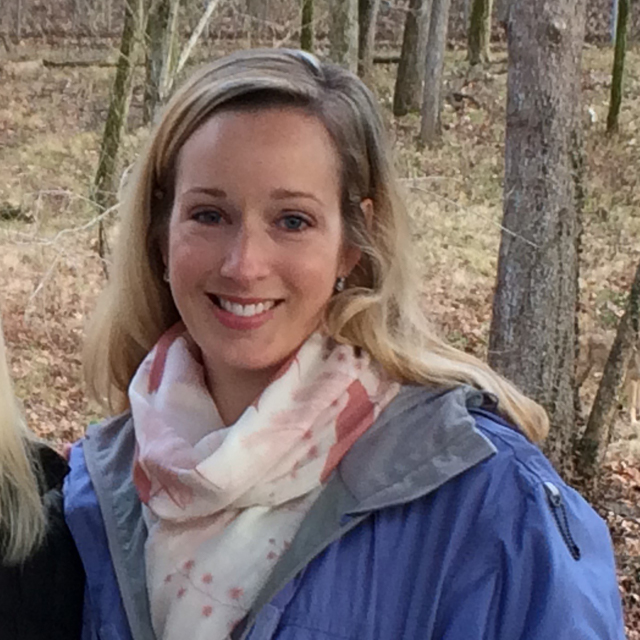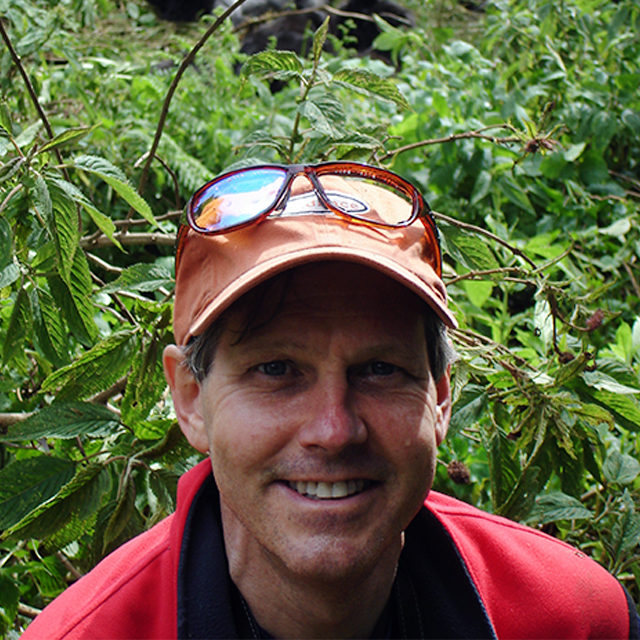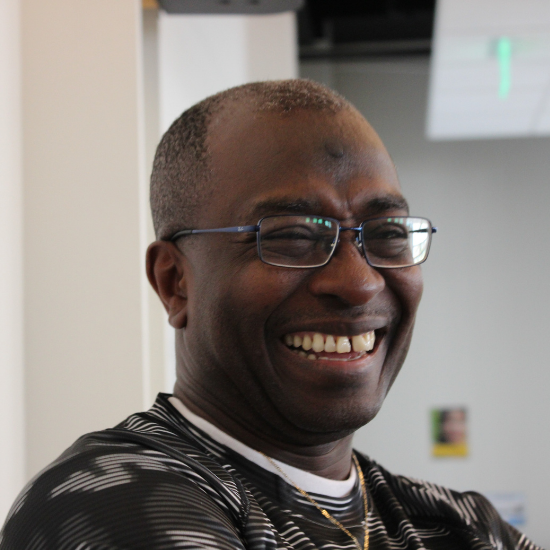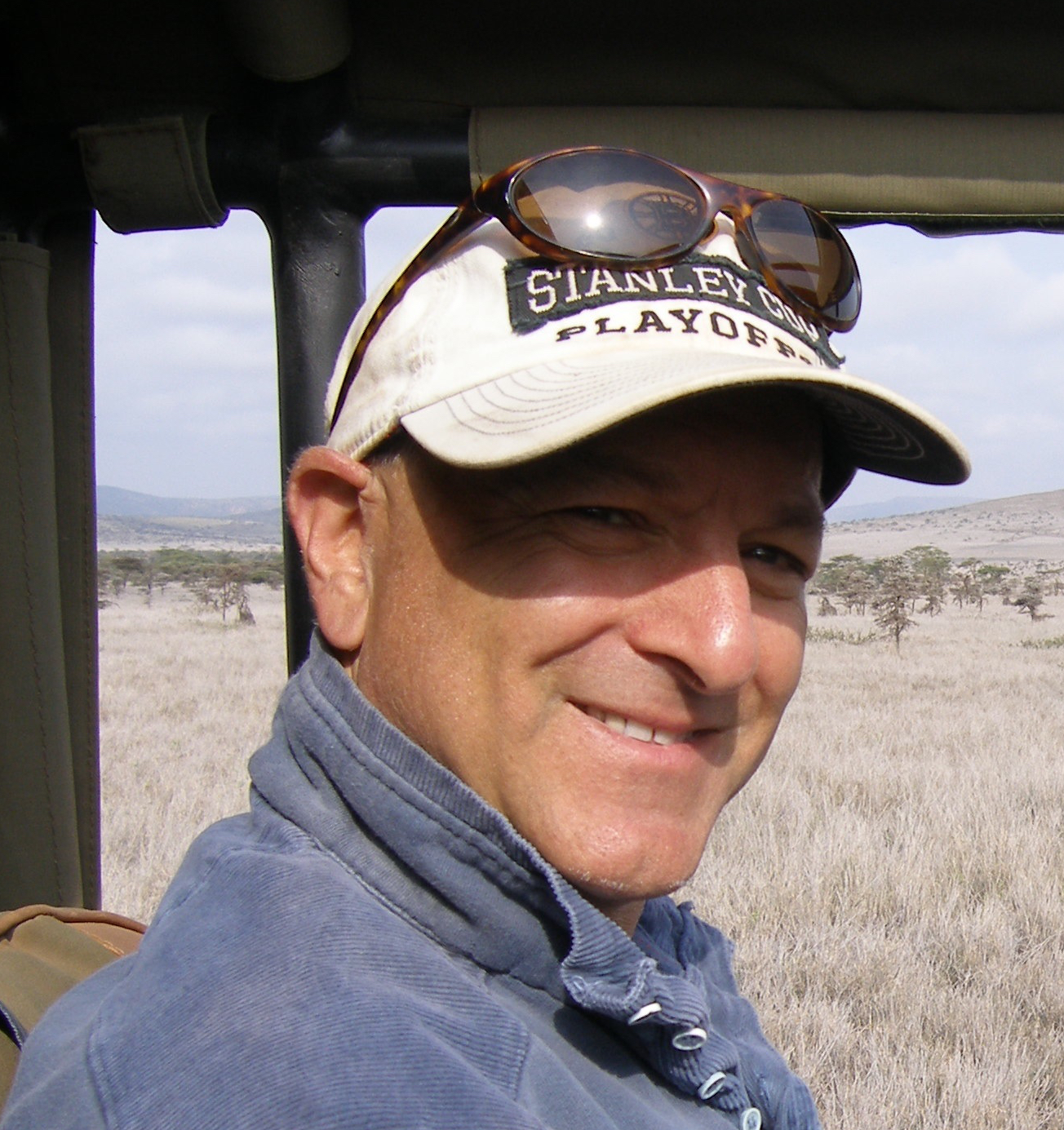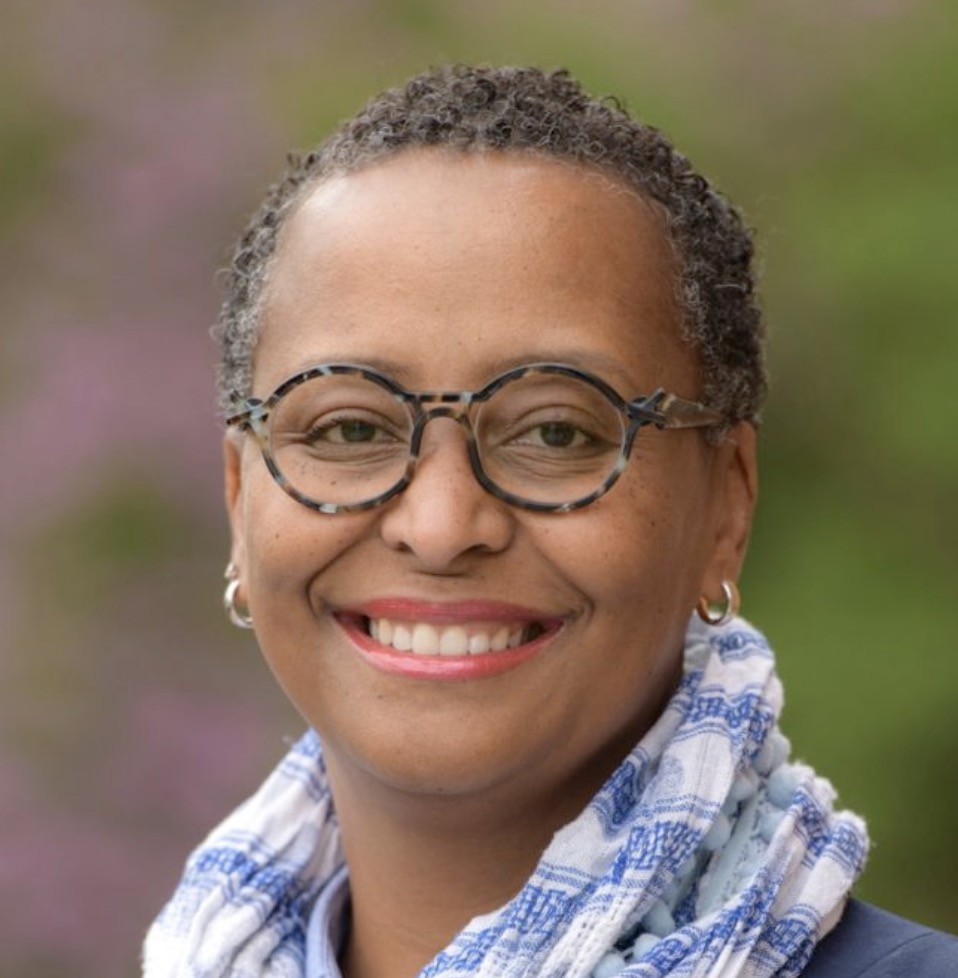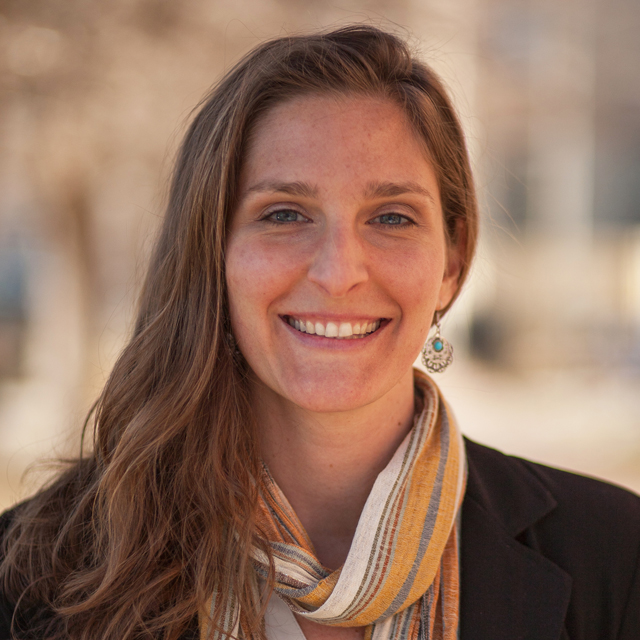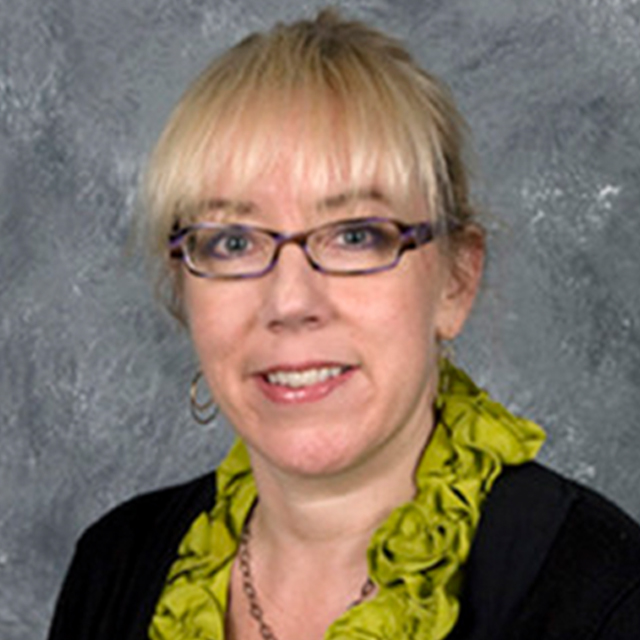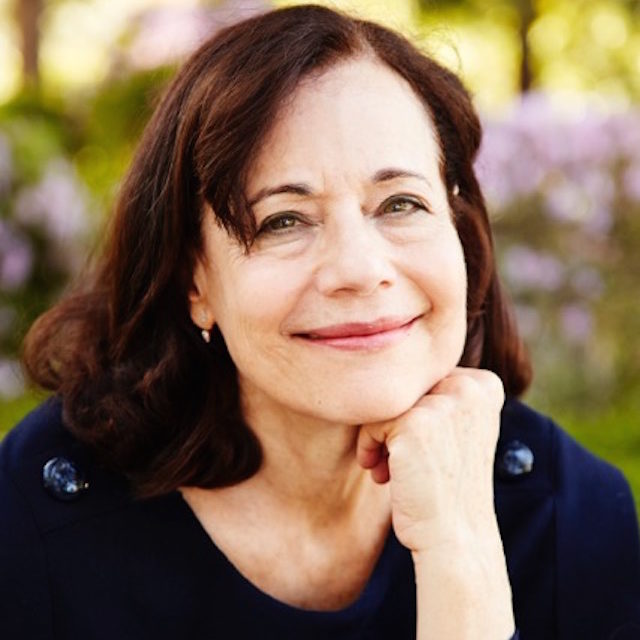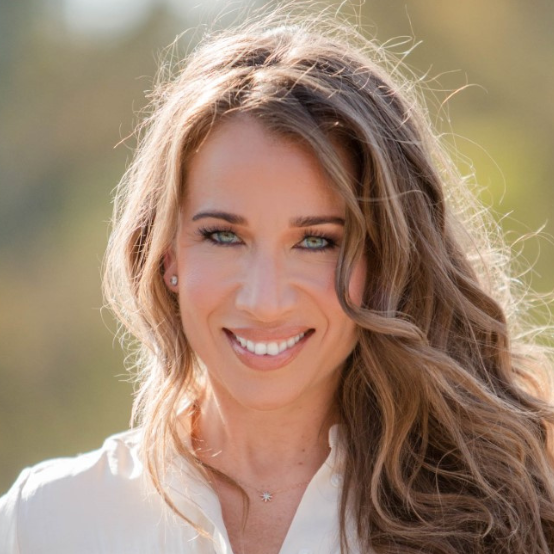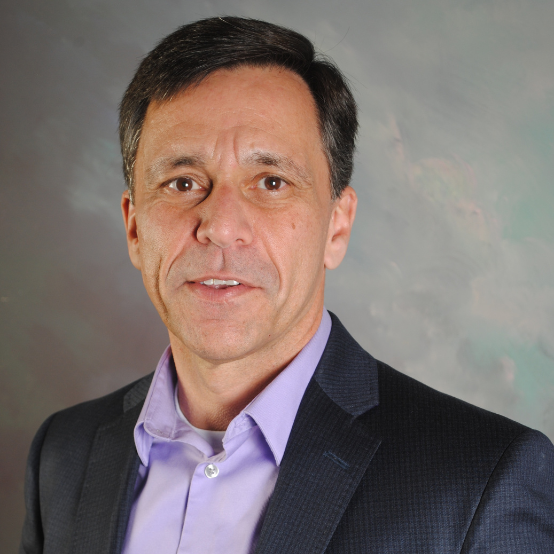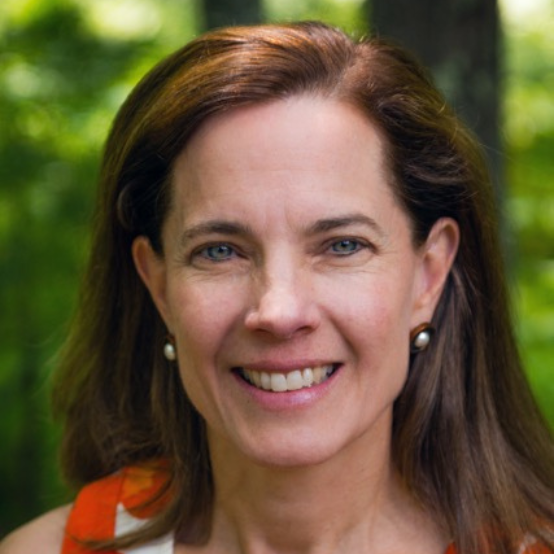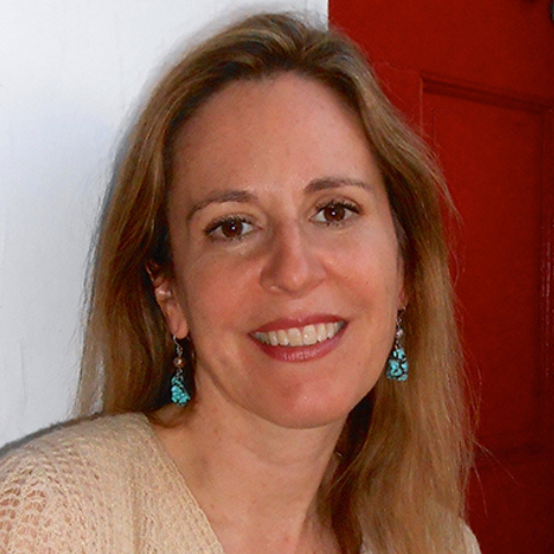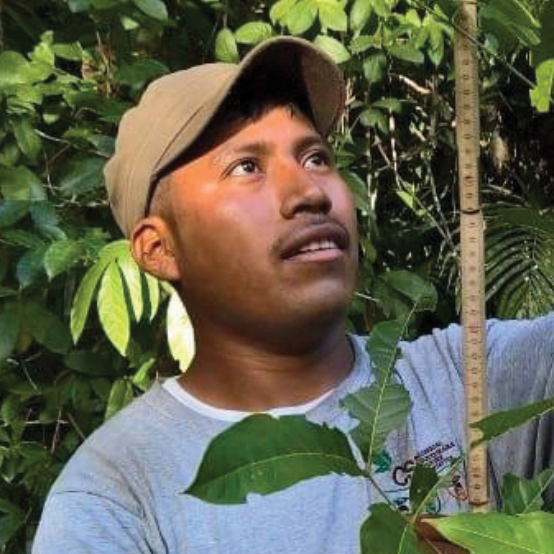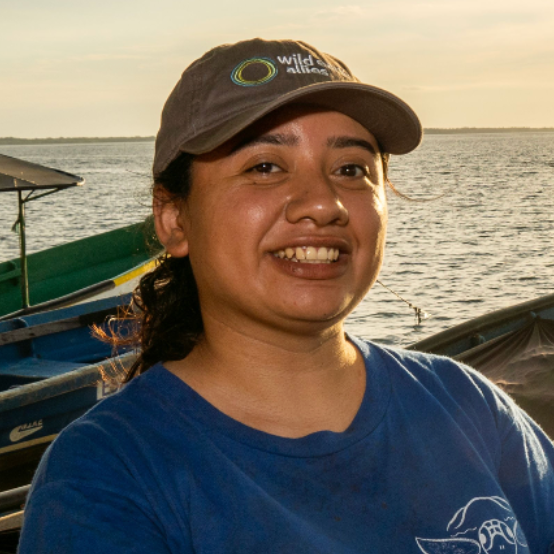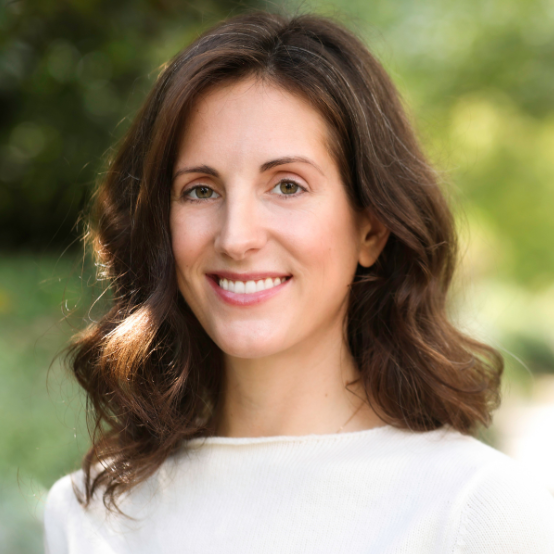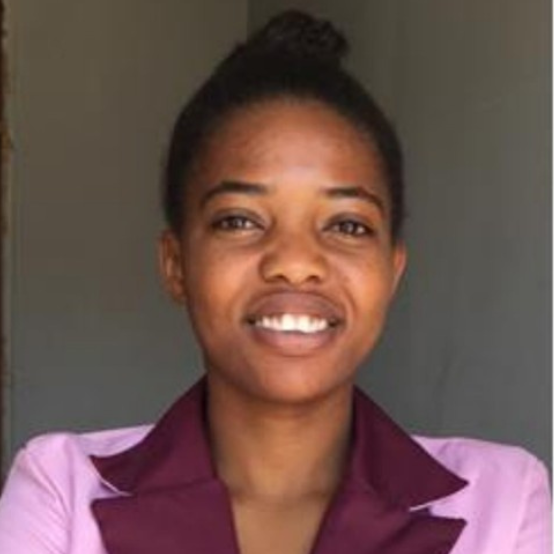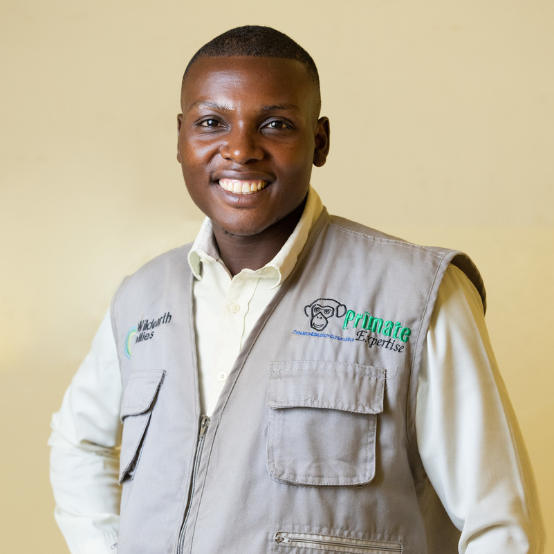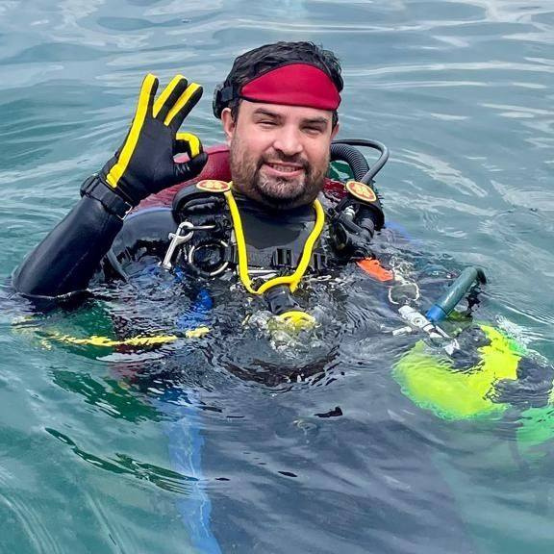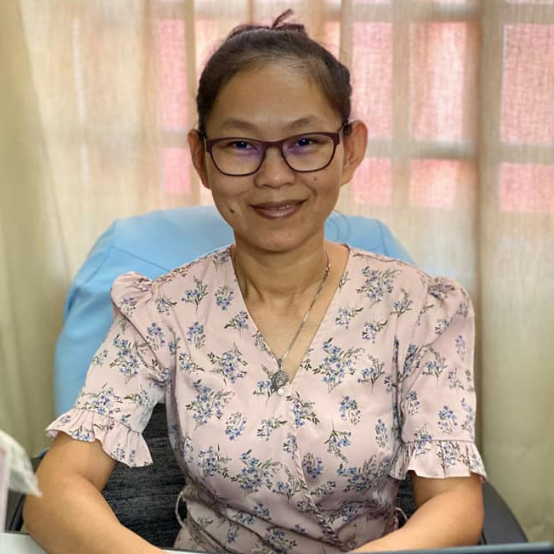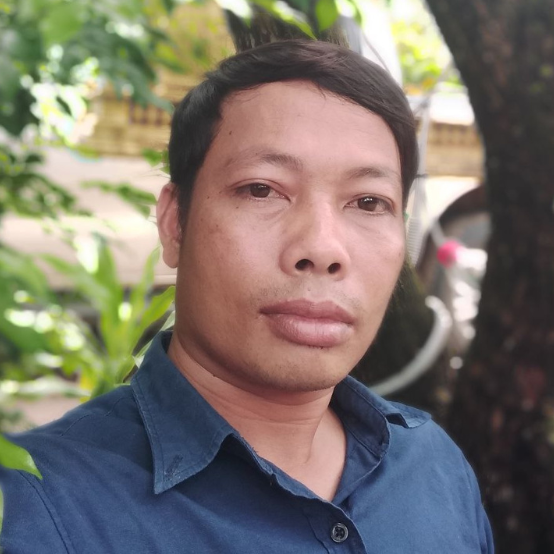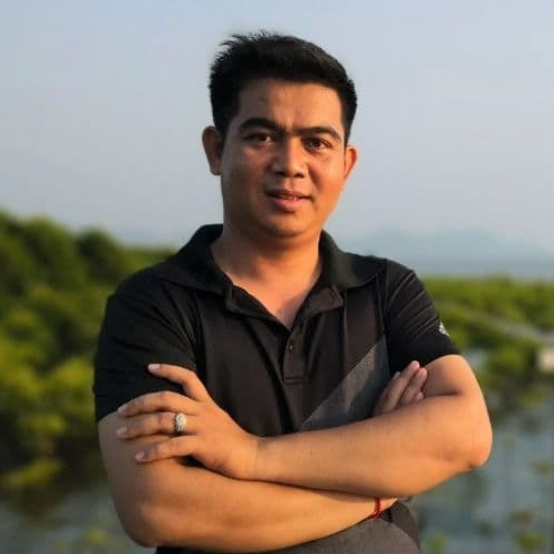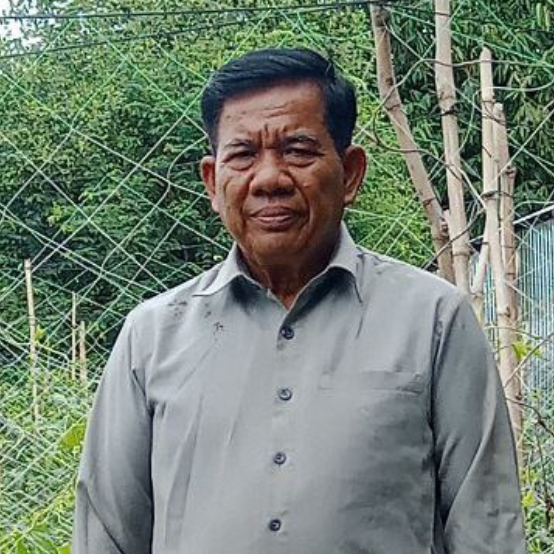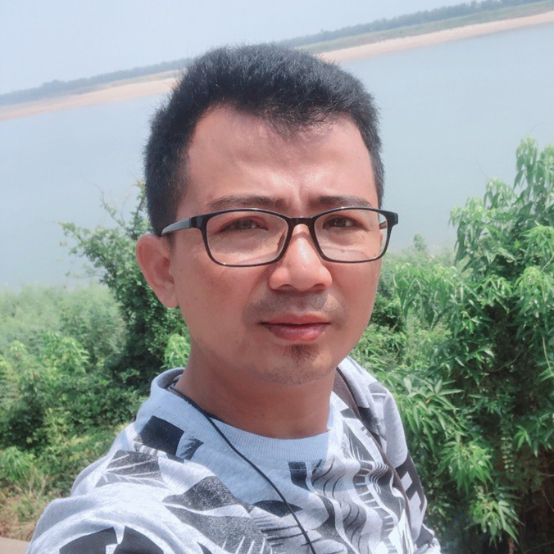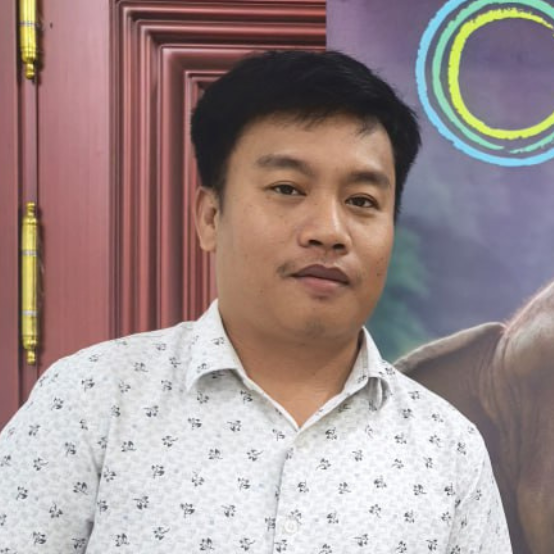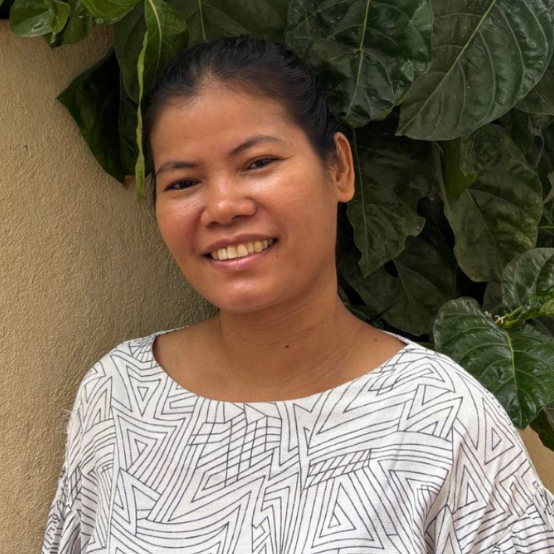Our “Voices from the Field” series is a behind-the-scenes look into the conservation efforts of our field teams and partners around the world. Ith Srey Oun is the Marine Project Coordinator with Wild Earth Allies’ Cambodia program. Her work focuses on marine species assessment, seagrass conservation efforts, and socioeconomic surveys of Cambodia’s coastal areas. She holds a master’s degree in biodiversity conservation from The Centre for Biodiversity Conservation at the Royal University of Phnom Penh.
Why are you dedicated to marine conservation, and how did this interest develop?
My dedication to marine conservation comes from a deep appreciation for the ocean’s beauty and its crucial role in sustaining life on Earth. I have a growing concern about the impact of human activities on marine ecosystems. The more I learn about the importance of a healthy ocean for biodiversity, climate regulation, and food security, the more I realize the urgency of protecting our marine environment.
My interest in marine conservation developed over time, particularly due to my concerns about threats facing coral reefs, mangroves, and seagrass, such as overfishing, coastal development, and climate change. These challenges motivated me to study marine conservation and engage in hands-on projects like coral reef and seagrass monitoring, saving at-risk species such as green sea turtles, and building sustainable solutions for plastic management that benefit both people and the planet.
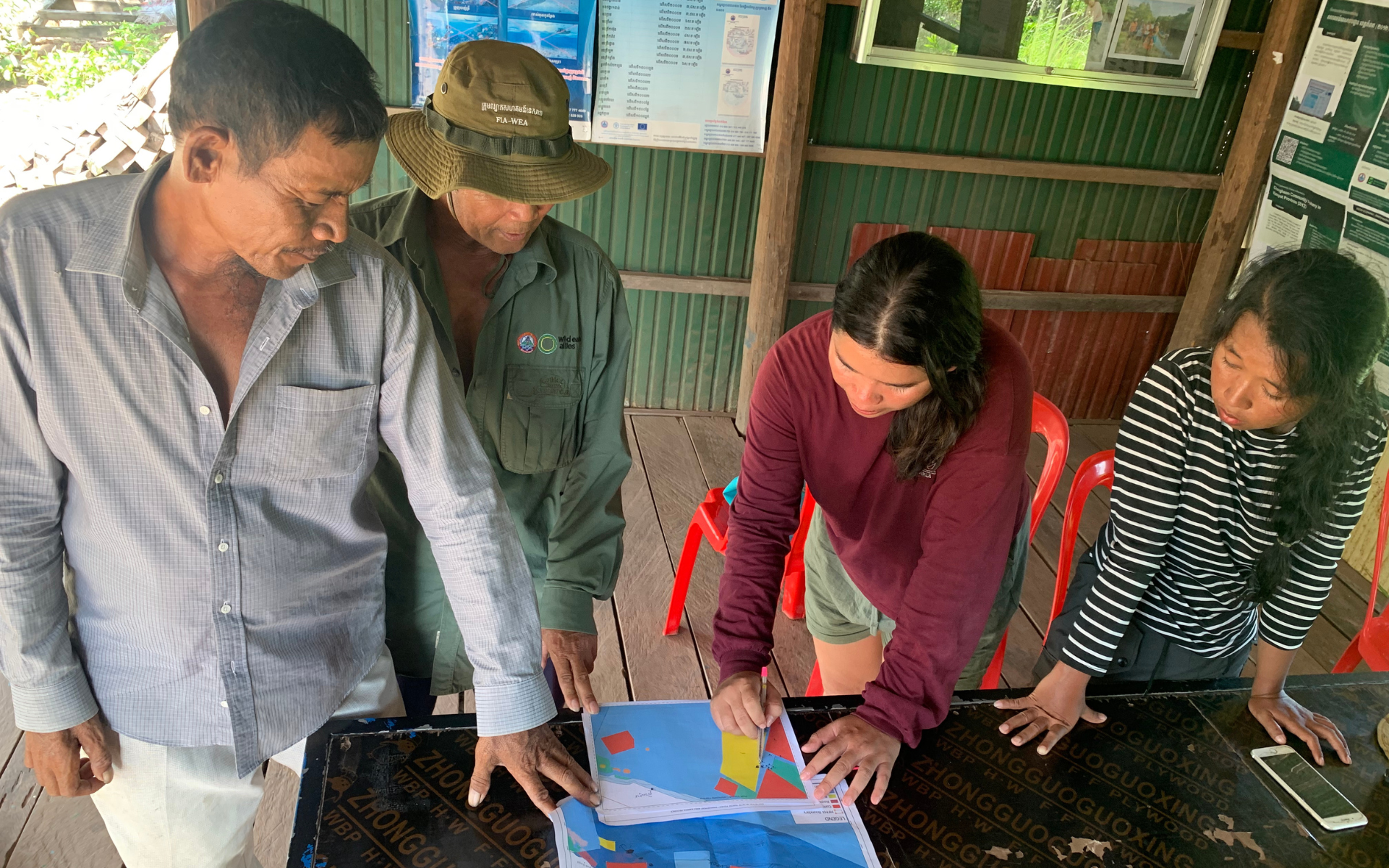
Srey Oun Ith meets with the Chonghaon Community Fishery in preparation to monitor anti-trawling blocks. (Photo by E En)
What makes Cambodia’s marine ecosystems so important?
Cambodia has such amazing marine biodiversity even though our coastline is smaller compared to our neighboring countries. Our marine ecosystems are home to a wide variety of life, including coral reefs, mangroves, seagrass beds, sea turtles, horseshoe crabs, sea horses, and many species of fish. Even though we are a small country, we have excellent examples of healthy mangrove forests, coral reefs, and seagrass. There are a lot of important areas here that need protection.
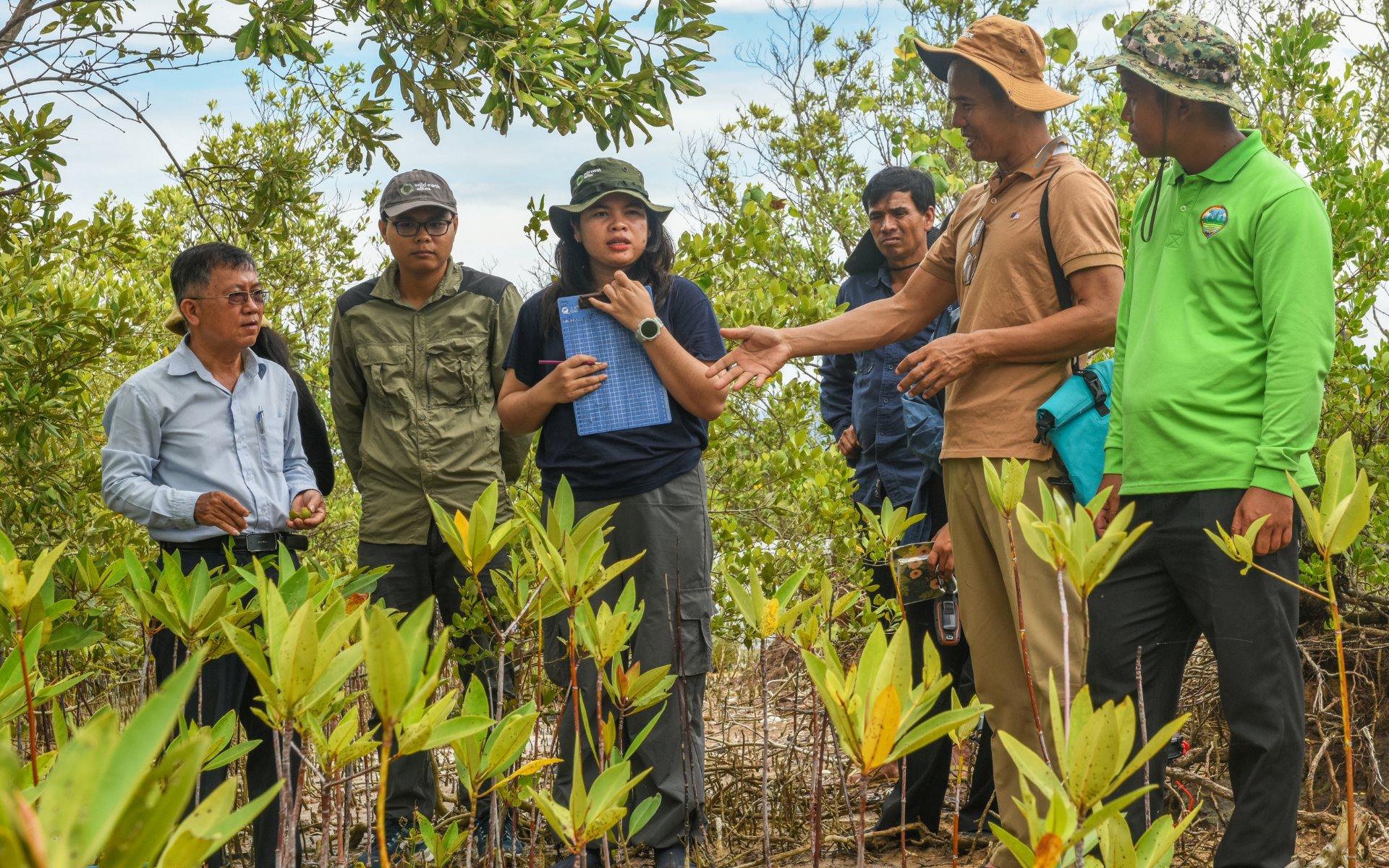
Srey Oun Ith attends a mangrove workshop with other Wild Earth Allies team members to learn about species identification, propagation methods, and advanced survey techniques. (Photo by Ben Valentine)
One thing unique to Cambodia is our seagrass meadows, which are the largest in the Gulf of Thailand. The shallow coastal waters of Kampot and Kep provinces alone have 11,000 hectares of seagrass beds and at least 10 species of seagrass. Seagrass captures carbon dioxide up to 35 times faster than tropical rainforests! Our seagrass beds provide vital habitat for endangered species in Cambodia, including juvenile green turtles, sea horses, dugongs, dolphins, and horseshoe crabs.
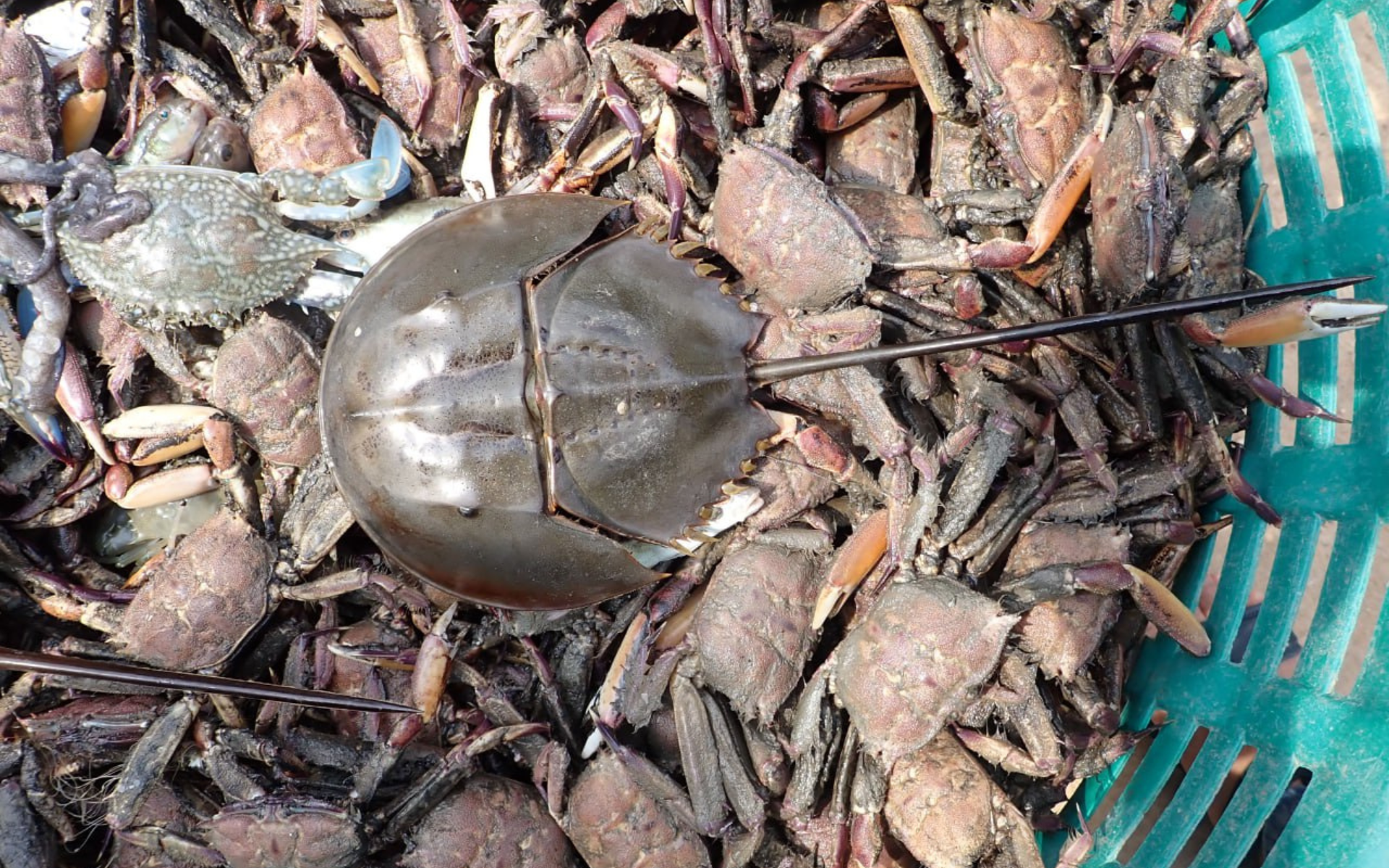
Two species of horseshoe crabs live in Cambodia but are understudied. Wild Earth Allies is learning how to best protect them. (Photo by Sem Srey Thai)
Wild Earth Allies is beginning to focus on horseshoe crabs, which are very understudied in Cambodia. Horseshoe crabs are important because they are rare and play an important role in the coastal food chain. They support bird populations, particularly migratory species, which are seriously at-risk. Horseshoe crabs are endangered animals often caught and served in restaurants here. Two species of horseshoe crabs live in Cambodia, and we need to research both to learn how best to protect them.
What do you enjoy the most about your work?
What I enjoy the most about my work in marine conservation is solving problems that impact both ecosystems and communities. Engaging in fieldwork—whether it’s conserving seagrass and coral reefs, monitoring and planting mangroves, or saving endangered species—is incredibly rewarding.
At Wild Earth Allies, we are committed to working together in partnership. I love collaborating with the government, communities, and local fisheries to develop sustainable practices that strengthen our connection to nature.
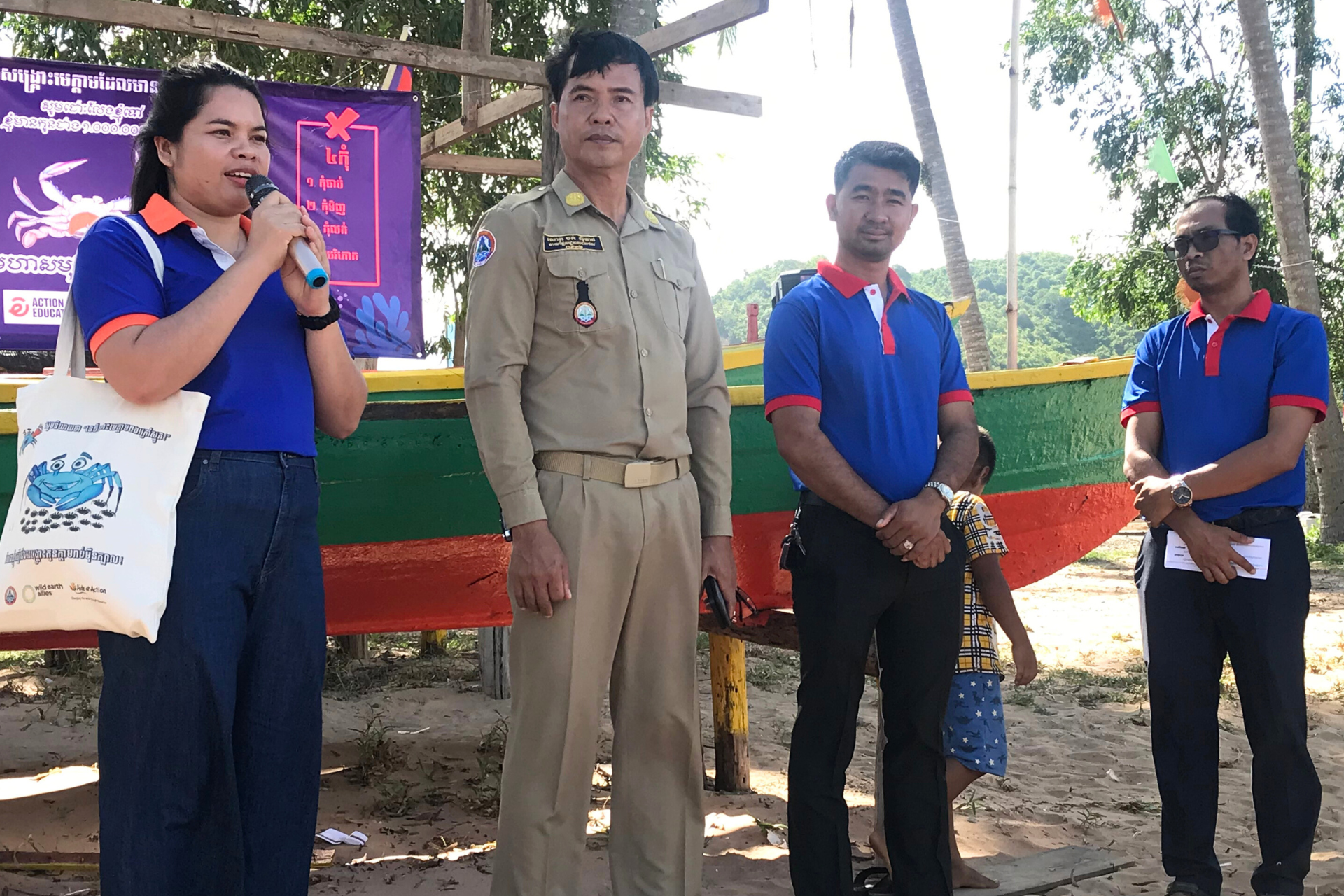
Srey Oun Ith attends a campaign event to spread awareness about the need to release gravid (egg-carrying) crabs. (Photo by Chan Oudom)
In Cambodia, our coastal economy has a total economic value estimated between $200 million and $583 million USD annually. To ensure the sustainable development of this precious resource, we need to collaborate with stakeholders like the Fisheries Administration, local communities, and fishers. It is incredible to see positive changes that contribute to long term conservation goals. For example, more fishers and Community Fisheries members are joining our efforts by releasing sea turtles they accidentally catch in their nets. Not long ago, those turtles would have been eaten or sold.
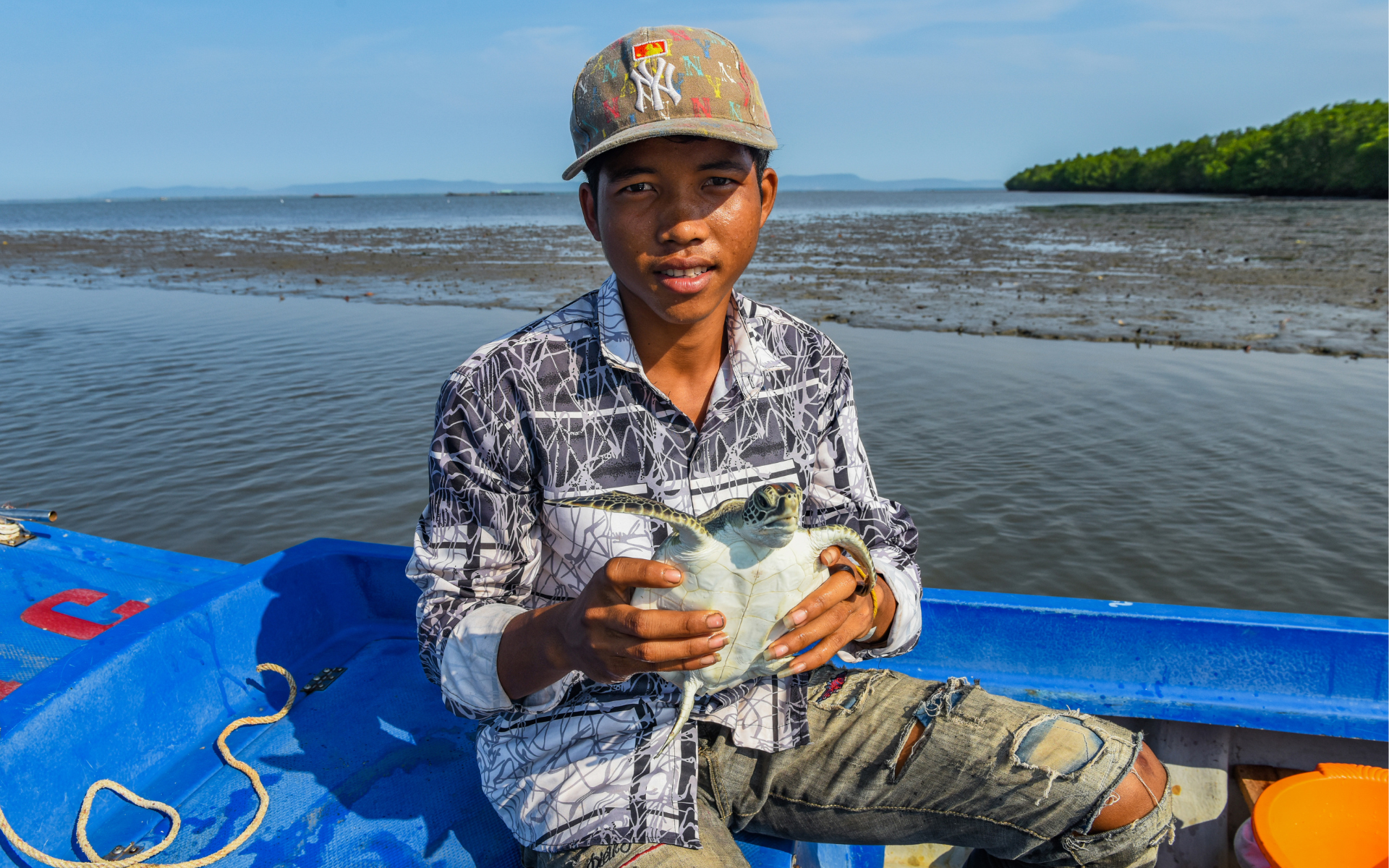
A young fisherman prepares to release a green sea turtle he accidentally caught in his net. (Photo by Ben Valentine)
I am so proud of our work creating Marine Fishery Management Areas in partnership with Community Fisheries and the provincial and national Fisheries Administrations. These protected areas play a critical role in protecting wildlife, including critically endangered species like hawksbill sea turtles.
You currently serve as a co-advisor and mentor for emerging marine conservationists. Why is this work important to you?
Serving as a co-advisor and mentor for emerging marine conservationists is deeply important to me because it allows me to encourage and support the next generation of conservationists, especially women. In a developing country like Cambodia, marine conservation is still evolving, and cultural and social barriers can limit opportunities for women to enter the field.
Having more women involved in conservation not only promotes gender equality but also ensures that their voices and leadership contribute to making conservation efforts sustainable, equitable, and responsive to the needs of all stakeholders. This is particularly important in coastal communities, where women often play a key role in managing natural resources. In Cambodia, for example, women run their households, choose what food is bought and cooked, and often work as market sellers. So when promoting changes in consumption habits—such as encouraging communities to avoid eating gravid (egg-carrying) crabs, we must reach these women.
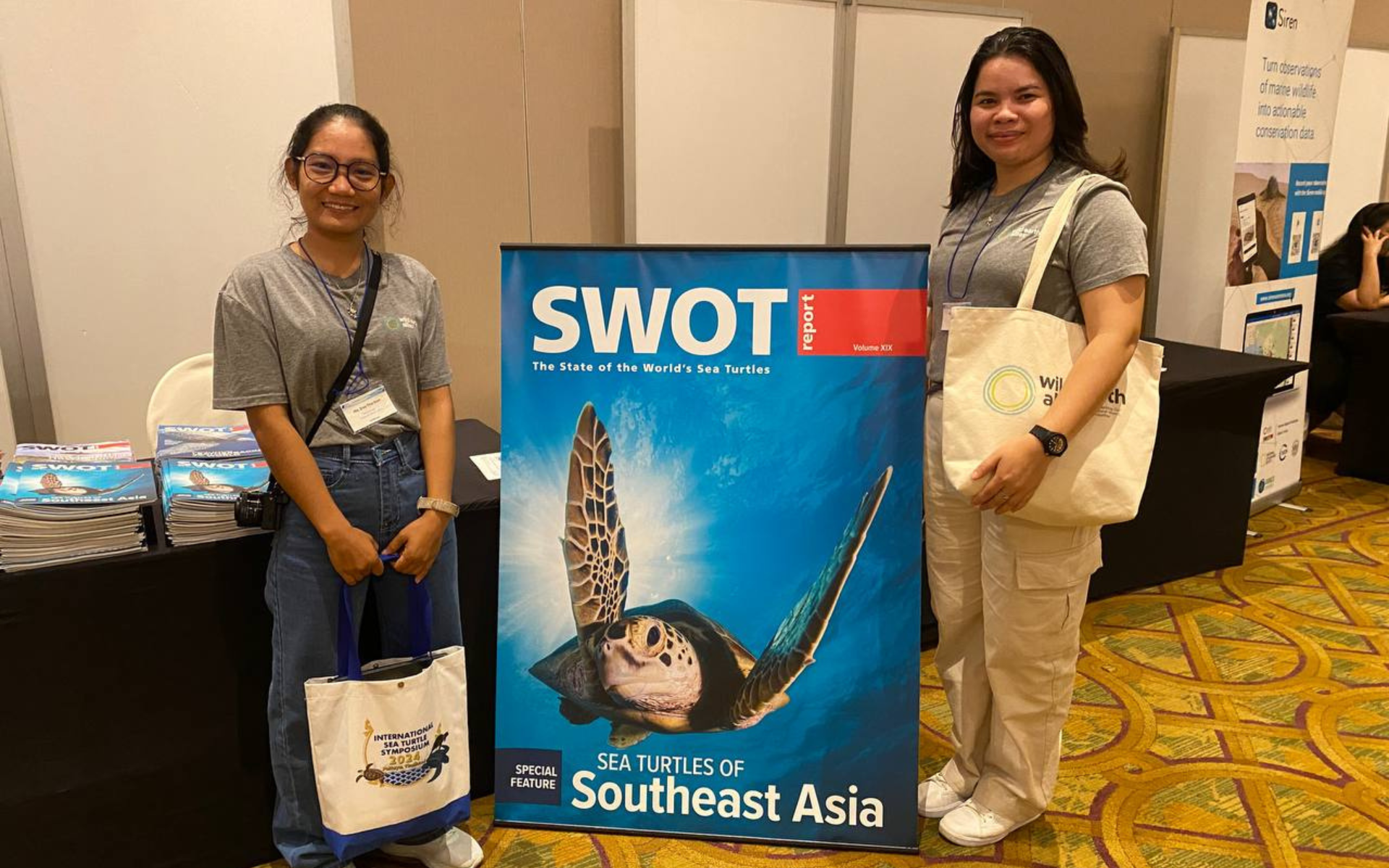
Ith Srey Oun attends the 42nd Annual International Sea Turtle Society Symposium in Thailand with Wild Earth Allies colleague and mentee Sem Srey Thai. (Photo by Kelly Hogan)
I was encouraged to work in this field, and I was lucky to receive support from my parents to pursue my passion. Since I started my career in marine conservation, I have been committed to supporting other women who are interested in pursuing careers in conservation—especially if they have a passion for the ocean. I do everything I can to help them enter this field. So far, I have mentored four women, particularly guiding them in their thesis work as an advisor. Currently, I am advising two other Wild Earth Allies team members, Sok Sreymao and Sem Srey Thai as they work on their theses. This is the future of conservation here, and I am excited to be their mentor and co-worker!
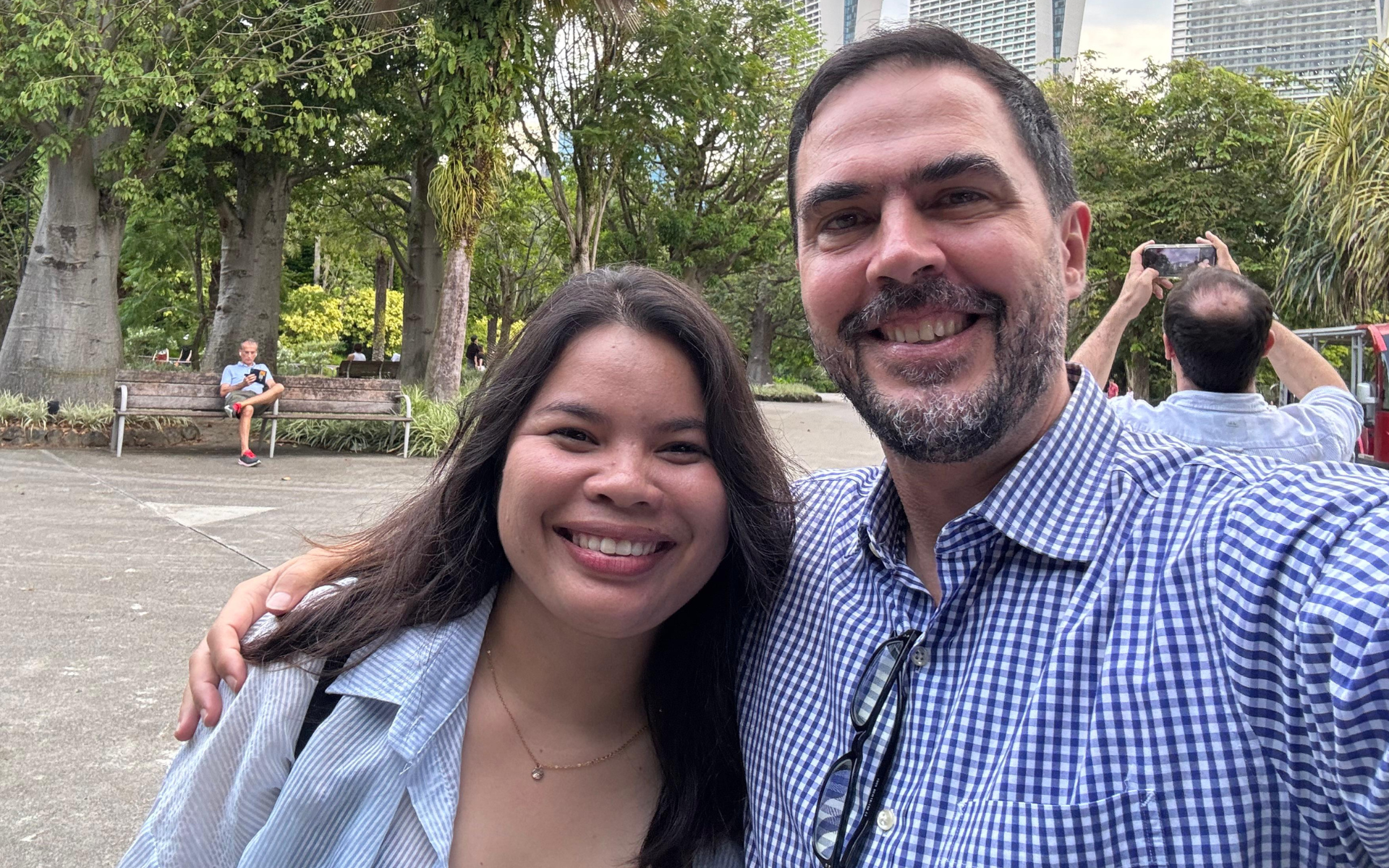
Ith Srey Oun and José Urteaga, Ph.D., Wild Earth Allies Director of Marine Partnerships, attend the 5th International Workshop on the Science and Conservation of Horseshoe Crabs in Singapore. (Photo courtesy of José Urteaga)
What advice do you have for young conservation practitioners in Cambodia?
My advice for young conservation practitioners in Cambodia is to work with love, passion, and an open mind. Conservation is a challenging field, especially in a developing country like Cambodia. The biggest challenge for marine conservation here comes from the rapid development of the coast and our islands. It can be challenging to work in this environment.
I feel that many Cambodians are not well-informed on the value of marine ecosystems and biodiversity. Cambodia is a developing country, and people deserve good job opportunities. Wild Earth Allies always wants to benefit the people affected by conservation, especially through our community livelihood initiatives. However, people often are forced to make decisions based on short-term economic gains rather than long-term sustainability or the value of nature and wildlife. This is why we are excited by new government initiatives, such as the Ministry of Environment’s Circular Strategy on Environment (2023–2028), and eager to work together to develop a sustainable, thriving economy that helps people and the environment alike.
I just want to encourage anyone who is interested in marine conservation to try your best, believe in your ability to make a difference, and remember that your energy and passion are key to protecting our ecosystems in Cambodia. Together, we can make a change for the better.
What do you want every Cambodian to know about marine life?
I want every Cambodian to understand that marine life is not just a natural resource to be valued in terms of money; it is our life, and the value cannot be calculated. By taking care of our ocean and marine life, we are protecting not only the environment but also our way of life, our culture, our economy, and our future.
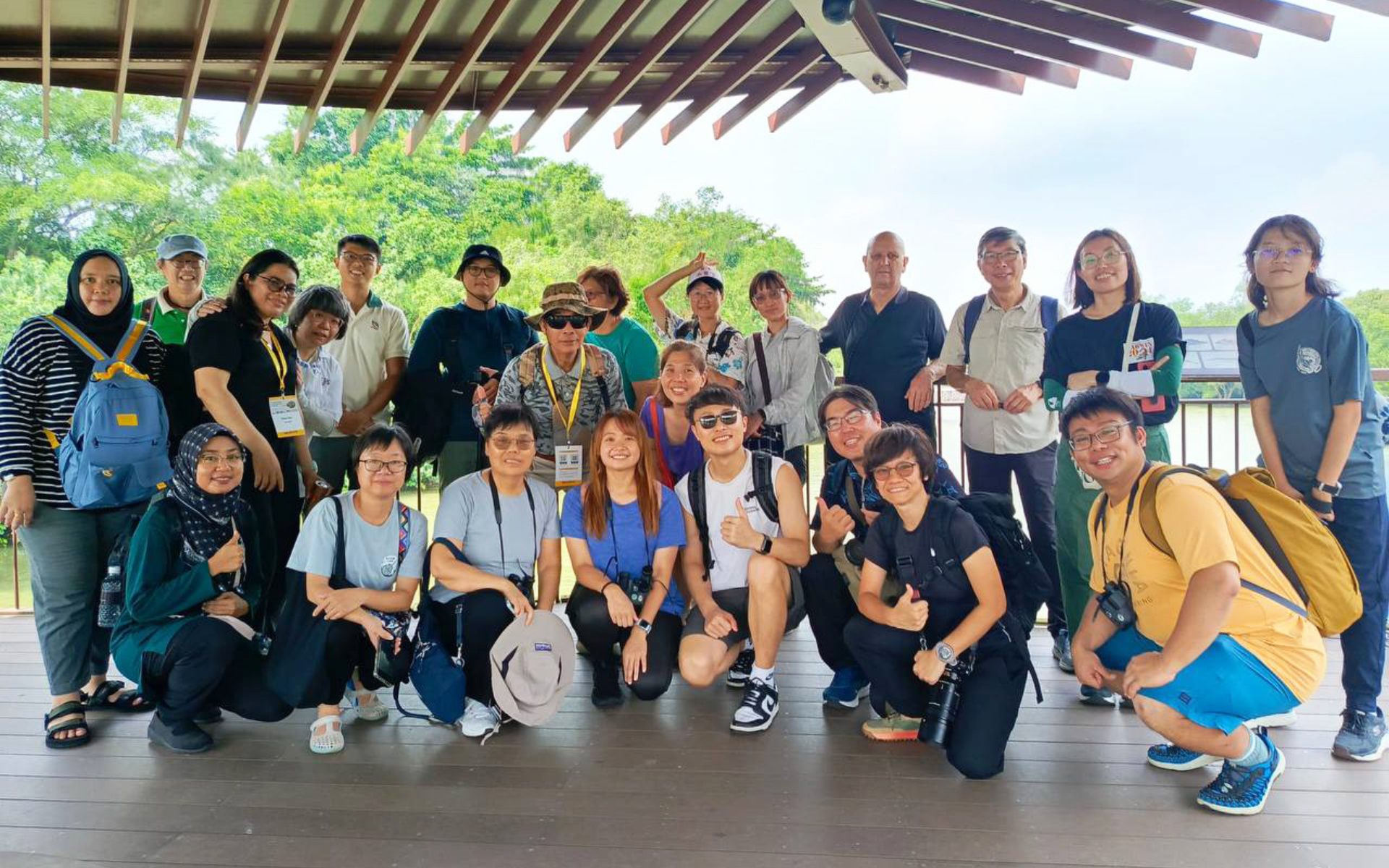
Ith Srey Oun takes a field trip during the 5th International Workshop on the Science and Conservation of Horseshoe Crabs in Singapore. (Photo courtesy of Ith Srey Oun)
Your support will help us champion more young leaders like Srey Oun Ith. Please make a gift today and follow our updates on Facebook, Instagram, and LinkedIn.

